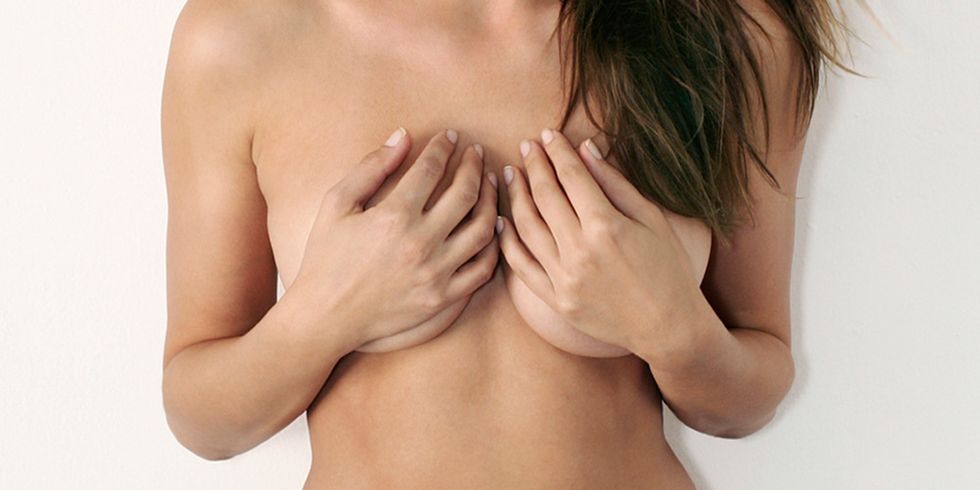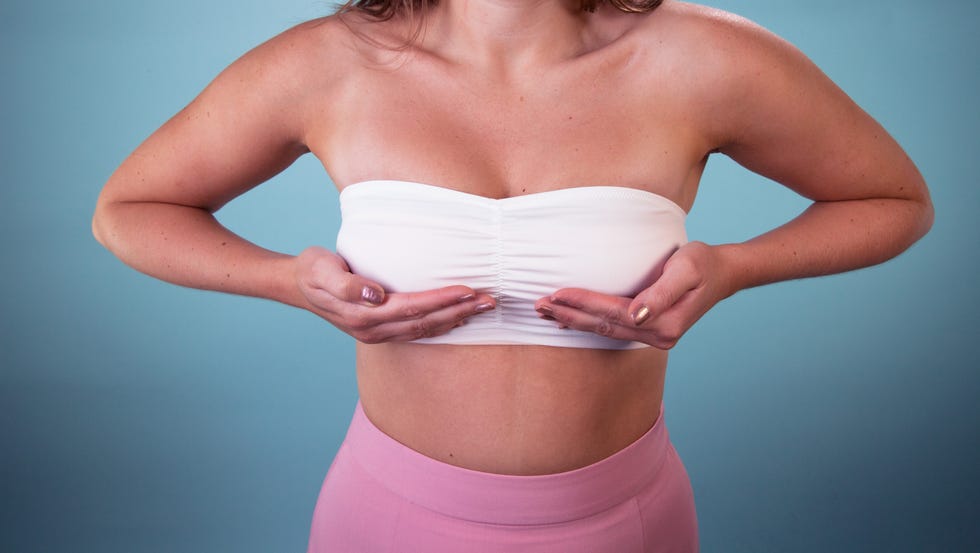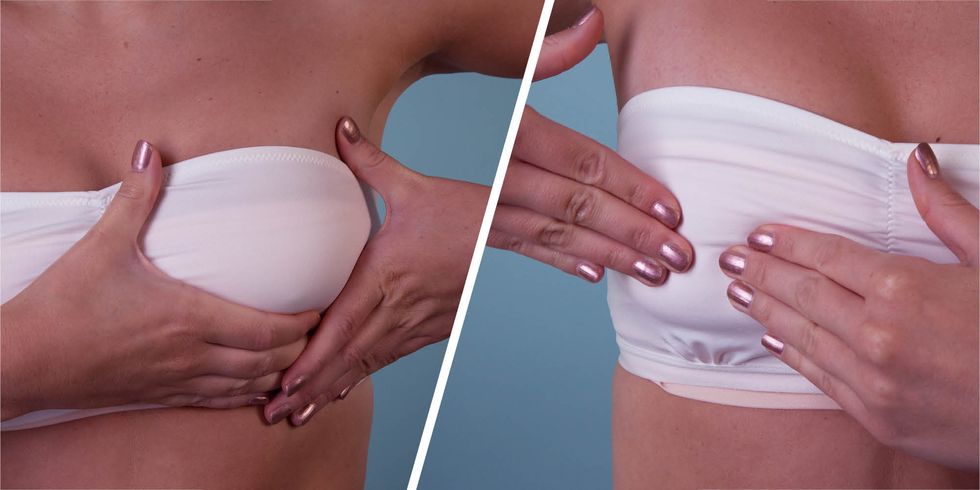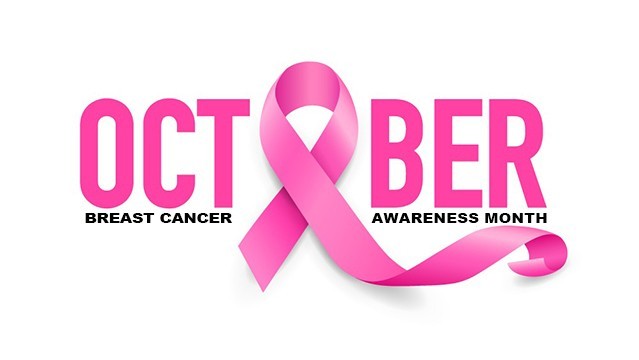Breast Cancer Awareness Prevention
Breast Cancer Awareness & Prevention. Breast cancer is a type of cancer that forms in the cells of the breast. It is the most common cancer among women worldwide. Although rare, breast cancer can also occur in men. — Written by CSB Aleena Aspley Somatic Sexologist.
.
.
.
.
WHAT IS BREAST CANCER?
BY ALEENA ASPLEY 14 FEB 2017
Breast cancer is the most common cancer in women in Australia (apart from non-melanoma skin cancer) and the second most common cancer to cause death in women, after lung cancer.
Breast cancer is the abnormal growth of the cells lining the breast lobules or ducts. These cells grow uncontrollably and have the potential to spread to other parts of the body. Both men and women can develop breast cancer, although it is uncommon in men. Transwomen, non-binary people can also get breast cancer.
.
Breast Cancer Awareness Prevention
TRANSGENDER & NON-BINARY PEOPLE
Transgender and gender-diverse people can also get breast cancer. A transgender woman taking medication to lower male hormones and boost female hormones may have an increased risk of developing breast cancer.
It is estimated that more than 20,600 people were diagnosed with breast cancer in 2022. The average age at diagnosis is 62 years old.
Breast cancer is the second most commonly diagnosed cancer in Australia, and it is estimated that one in 8 females and one in 668 males will be diagnosed by the time they are 85.
.
.

.
.
WHAT CAUSES BREAST CANCER?
The exact causes of breast cancer are still not fully understood. However, certain risk factors increase the likelihood of developing the disease. These risk factors include:
- Gender: Being female is the primary risk factor for breast cancer, although it can affect men as well.
- Age: The risk of breast cancer increases with age, with most cases occurring in women over 50.
- Family History: Having close relatives (such as a mother, sister, or daughter) who have had breast cancer increases the risk.
- Genetic Mutations: Inherited gene mutations, such as BRCA1 and BRCA2, significantly increase the risk of breast and ovarian cancers.
- Personal History: Women who have had breast cancer in one breast have an increased risk of developing cancer in the other breast or recurrence in the same breast.
- Hormonal Factors: Prolonged exposure to estrogen and progesterone, such as early menstruation (before age 12), late menopause (after age 55), and never giving birth or having the first child after age 30, may increase the risk.
- Lifestyle Factors: Obesity, excessive alcohol consumption, and a sedentary lifestyle may contribute to an increased risk.
.
Breast Cancer Awareness Prevention
WHAT SHOULD YOU BE CHECKING FOR?
One of the biggest misconceptions about breast cancer is that you will get a lump if you develop the disease. While a lump is undoubtedly one of the more common symptoms, this is not the only thing you should be monitoring.
Here are a series of things you should be looking and feeling for when you check your breasts:
.
LOOK FOR:
- Changes in skin texture such as puckering/dimpling
- Nipple discharge
- Nipple inversion and changes in direction
- Swelling in your armpit or around collar bone
- A sudden change in size or shape
- A rash or crusting of the nipple or surrounding area
.
FEEL FOR:
- A lump or thickening in the breast or underarm: Some boobs are naturally lumpy and this can be perfectly normal. The key is to get to know how your boobs feel, so you would notice if any new lumps appear or if your boob starts to feel thicker in one area compared to the rest.
- Changes in breast size, shape, or appearance: Most women may naturally have one boob bigger than the other or experience their boobs gradually changing as they get older. Many changes are perfectly normal, however if you notice a sudden, unusual change in size or shape then get it checked out.
- Skin dimpling or puckering: This is why it is so important to feel AND look at your boobs. Dimpling and puckering of the skin can look similar to orange peel.
- Nipple changes, such redness, or discharge: Nipple discharge is liquid that comes from the nipple without squeezing it.
- Nipple inversion and changes in direction: All this means is your nipple has become pulled into the boob or looks different to usual. This could be a change in its position or shape. That’s why it’s important to pay special attention to your nipple during your regular checks.
- A rash or crusting of the nipple or surrounding area: There are many reasons why your skin could become irritated, especially if you are breast feeding, but if you notice any redness or a rash on the skin and/or around the nipple or any crusting of the nipple, make sure you get it checked out by your doctor.
- Constant, unusual pain in your breast or armpit: Some breast pain can be perfectly normal, especially around your period. But keep an eye out for any unexplained pain in your breast or your armpit that’s there all or almost all of the time.
- A thorough examination: Make sure you examine right up to your collarbone and into armpits (lifting your arms up will make this easier) It is important to check your upper chest and armpit, as these areas also contain breast tissue.
It is important to note that these signs and symptoms can also be caused by conditions other than breast cancer. If any of these changes are noticed, it is advisable to consult a healthcare professional for further evaluation.
.
.
DIAGNOSIS
Breast cancer is typically diagnosed through a combination of methods, including:
- Clinical Breast Examination: A healthcare provider examines the breasts and surrounding areas for any abnormalities.
- Imaging Tests: Mammography, ultrasound, or MRI scans are used to visualize the breast tissue and identify any suspicious areas.
- Biopsy: If an abnormality is found, a tissue sample is taken for laboratory analysis to determine if it is cancerous.
.
.
TREATMENT
The treatment of breast cancer depends on various factors, such as the stage of cancer, type of breast cancer, and individual factors.
Treatment options may include:
- Surgery: Surgical procedures can involve breast-conserving surgery (lumpectomy) or removal of the entire breast (mastectomy).
- Radiation Therapy: High-energy radiation is used to kill cancer cells and reduce the risk of recurrence after surgery.
- Chemotherapy: Drugs are used to kill cancer cells throughout the body and are often administered after surgery to destroy any remaining cancer cells.
- Hormone Therapy: Certain breast cancers are hormone receptor-positive, and hormone-blocking medications are used to prevent the growth of cancer cells.
- Targeted Therapy: Specific drugs target the cancer cells’ unique characteristics, helping to stop their growth and spread.
The choice of treatment and its combination depends on individual cases and is determined by a multidisciplinary team of healthcare professionals.
.
.

.
.
PREVENTION & EARLY DETECTION
While it is not always possible to prevent breast cancer, certain measures may reduce the risk or aid in early detection:
- Regular Breast Self-examinations: Women can perform monthly self-exams to become familiar with the normal look and feel of their breasts, allowing them to notice any changes promptly.
- Clinical Breast Examinations: Women should have regular clinical breast examinations by a healthcare provider.
- Mammography Screening: Regular mammograms are recommended for women based on their age and risk factors.
- Healthy Lifestyle: Maintaining a healthy weight, engaging in regular physical activity, limiting alcohol consumption, and avoiding smoking may help reduce the risk of breast cancer.
.
.
HOW OFTEN SHOULD YOU CHECK YOUR BREASTS FOR LUMPS?
There’s no specific number of times per week / month / year that you should be checking your breasts. The main thing is that you self-examine regularly enough to know what’s normal for your boobs; that way, you can tell if something has changed, and you can go to a doctor to investigate if it doesn’t go away.
.
.

.
.
HOW TO GIVE YOURSELF A BREAST SELF-EXAMINATION (BSE)
Performing a regular breast self-examination (BSE) can help individuals become familiar with the normal look and feel of their breasts, enabling them to identify any changes or abnormalities that may need medical attention.
Here’s a step-by-step guide on how to do a self breast examination:
- Choose a convenient time: Select a time when your breasts are least likely to be tender or swollen. For premenopausal women, it’s generally recommended to perform the examination a few days after your menstrual period ends when the breasts are less likely to be sensitive or swollen.
- Stand in front of a mirror: Undress from the waist up and stand in front of a mirror with your arms relaxed at your sides. Take a few moments to visually inspect your breasts. Look for any changes in size, shape, or contour. Observe if there are any visible distortions, swelling, dimpling, or changes in the skin texture or nipple appearance. Note any differences between your breasts.
- Raise your arms and look for the same changes: With your arms raised above your head, observe your breasts again, checking for any visual changes.
- Examine your breasts while lying down: Lie down on your back and place a pillow or folded towel under your right shoulder. This helps spread the breast tissue evenly and makes it easier to examine. Use the pads of the three middle fingers of your left hand to examine your right breast. Use light to medium pressure and make small, circular motions, covering the entire breast area, from the collarbone to the bra line and from the armpit to the breastbone. You can follow a specific pattern or move in a spiral motion, ensuring that you cover the entire breast. Take note of any lumps, thickening, or areas of tenderness.
- Examine the nipple area: Gently squeeze the nipple of your right breast and check for any discharge. Look for changes in the nipple, such as inversion (pulling inward), redness, or scaling.
- Repeat the examination on the left breast: Move the pillow or towel to your left shoulder and repeat the same examination steps on your left breast using the pads of the three middle fingers of your right hand.
- Check for any lumps in the armpit area: With your fingers flat, press firmly into the armpit area and gently feel for any lumps or thickening.
It’s important to remember that most breast changes or lumps are not cancerous, but if you notice any changes, it’s crucial to consult with a healthcare professional for further evaluation.
Regular self-examinations should be supplemented with clinical breast examinations by a healthcare provider and mammography screenings as recommended by your doctor.
.
Breast Cancer Awareness Prevention
ALEENA ASPLEY
Aleena is a Certified Sexological Bodyworker, Somatic Sex Educator, Intimacy Coach and NEO Tantra Professional.
 Written by Aleena Aspley,
Written by Aleena Aspley,
Owner of Yoni Whisperer Bodywork
North Brisbane, Queensland Australia
www.YoniWhisperer.com
www.LingamWhisperer.com
www.AleenaAspley.com
.
Breast Cancer Awareness Prevention

